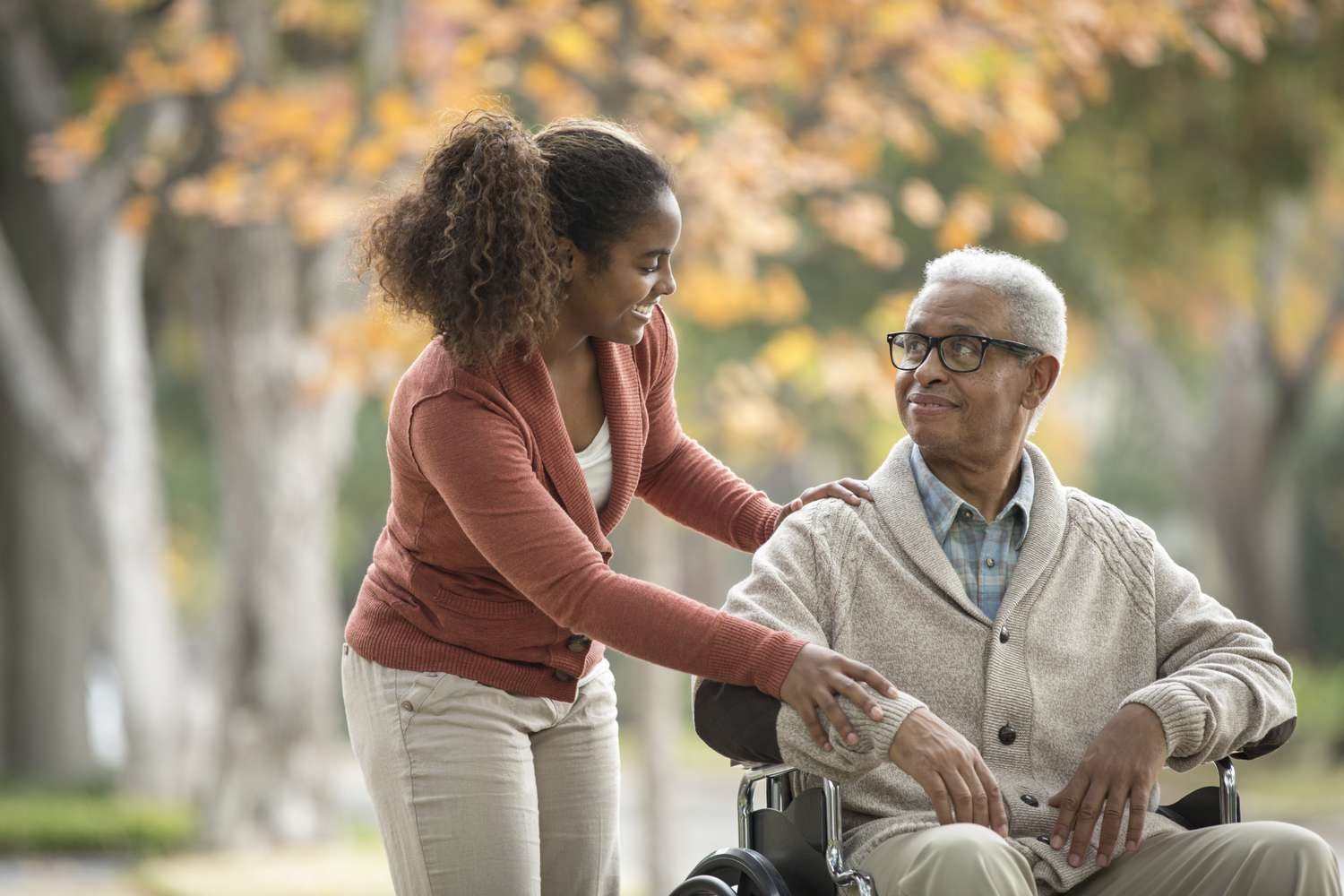Caring for a loved one is already a high-wire act of compassion and coordination. When distance enters the equation, it becomes a juggling act that tests your patience, creativity, and resilience. Whether you're a daughter coordinating help for your dad three states away, or a brother worried about a sibling across the country, technology and services have come a long way to bridge the gap. You can still be present, attentive, and supportive—even when you’re not physically there.
Remote Monitoring Offers Eyes and Ears Where You Can’t Be
You can’t always be in the room, but that doesn’t mean you have to be in the dark. Remote monitoring systems now include everything from smart cameras and motion sensors to medication dispensers that notify you if a dose is missed. These tools let you keep tabs on routines, safety, and even mood changes. More than peace of mind, they offer data—data that helps you respond rather than react.
Telehealth Keeps the Doctor Just a Click Away
Your loved one shouldn’t have to wait weeks for a doctor’s visit or sit for hours in a waiting room. With telehealth, appointments can happen at home, and you can join virtually from wherever you are. It’s not just convenient—it builds continuity of care when you're looped into real-time updates and can ask questions directly. More platforms are also integrating with digital health trackers, so doctors get more context and you get better answers.
Home Automation Builds Safe and Adaptive Living Spaces
The right environment can prevent accidents and promote independence. Smart thermostats, automated lighting, and voice-activated assistants are transforming homes into safer places for aging adults. These tools can remind someone to lock the door, turn off the oven, or even call for help in a fall. You don’t have to install a full security system—sometimes a $30 smart plug can make all the difference.
Budgeting Tools Offer Structure Without Stress
Helping your loved one manage their money starts with a clear, organized plan. Free monthly household budget templates can make that process feel less overwhelming and more achievable (this is a good one). You can choose from a selection of template styles that fit their circumstances, then customize as needed so they can manage their finances more effectively. These tools turn vague spending habits into tangible numbers, giving both of you a clearer picture and a greater sense of control.
Virtual Companionship Fills Social Gaps
Loneliness can be as dangerous as any chronic illness, especially when mobility is limited or social circles shrink. Virtual companions—from live chat platforms to scheduled Zoom calls with volunteers—help break up isolation. Some services even offer weekly check-ins by trained professionals or friendly peers, providing both conversation and subtle wellness checks. A simple “hello” can change the entire emotional landscape of someone’s day.
Reputable Home Care Services Can Be a Lifeline
Finding in-home support you can trust is crucial, especially when you’re not there to vet everything in person. A service like Aroga Home Care helps you connect with trained caregivers who offer more than just assistance—they bring reliability, empathy, and a human touch. The best agencies let you customize plans and communicate with care teams easily, so you’re never out of the loop. It’s not just about hiring help; it’s about building a relationship that sustains your loved one’s dignity and comfort.
Apps and Schedulers Reduce the Chaos of Coordination
Trying to keep a calendar straight between doctors, groceries, meds, and visits can feel like a full-time job. Fortunately, caregiver-focused apps like Lotsa Helping Hands or CaringBridge make delegation easier and communication more transparent. You can create schedules, assign tasks, and even post updates for extended family. These tools do more than streamline logistics—they reduce guilt and burnout by helping everyone stay on the same page.
Local Resources Extend Your Reach Without Leaving Town
Sometimes you don’t need more tech—you need a trusted neighbor, a nearby social worker, or a community center. Local councils on aging, church groups, and nonprofit elder care networks can step in with home visits, meal deliveries, or transport services. By tapping into their offerings, you build a local safety net. And the truth is, often what helps the most is knowing someone kind and capable is just a short drive away.
Being a long-distance caregiver means constantly balancing love with logistics, worry with action. It’s not about doing everything yourself—it’s about putting the right pieces in place so your loved one feels cared for, even when you’re not nearby. The tools and services now available can turn a near-impossible situation into a manageable one. With the right support, you can stay close—even from far away.
Discover the exceptional care and personalized service at Aroga Home Care, where our boutique approach ensures your loved ones receive the attention and consistency
they deserve.
Aroga Home Care Services is your go to 5-star rated private duty skilled caregiver agency in the greater Charlotte area. Contact us today and request a professional home care adviser consultation. www.ArogaHomeCare.com or call 704-319-5500
Content Credits: Spirit Finder
























































